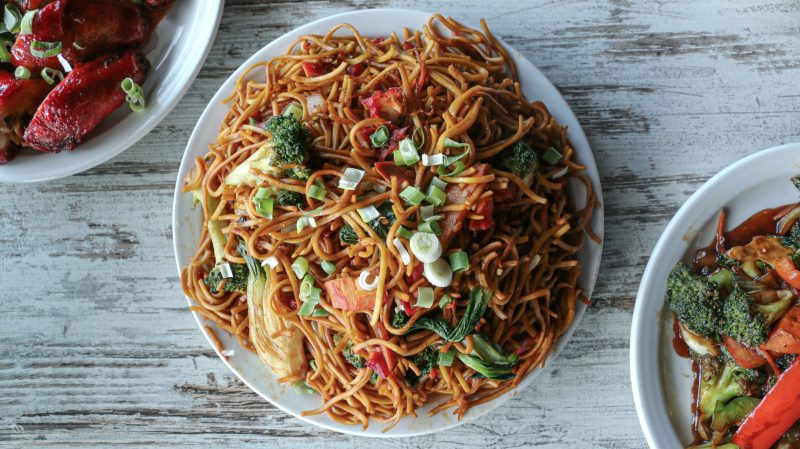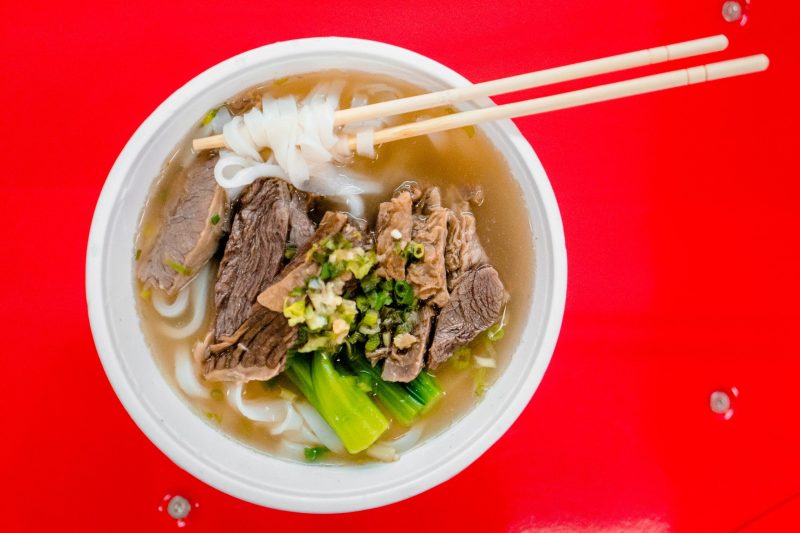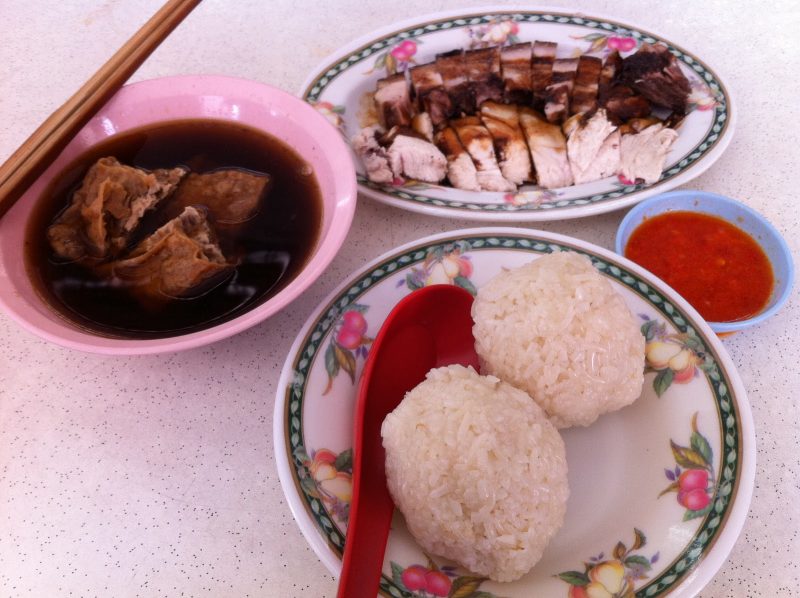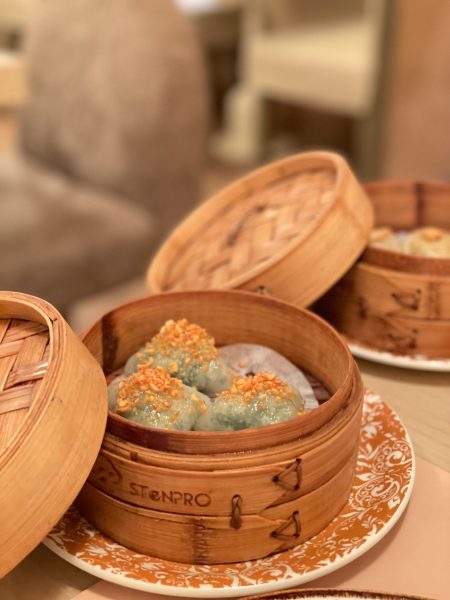In Indonesia, the largest Chinese tribes are Hokkien, Khek or Hakka, Tio Ciu, Hainan, and Cantonese, whose origins are from mainland China. Each has its own language, food, and culture.
Hokkien
Hokkien originates from the Fujian province, in the south-eastern part of China. Hokkien people are also known as Minnan people or Hok-lo people. Usually, Chinese people from Medan are considered to be Hokkien.
Hokkien people contribute a lot of vocabulary to our everyday language, such as gua (I), lu (You), loteng (attic), toko (shop), gudang (warehouse), imlek (Chinese new year), bakmi (noodles), kue (cake), bakiak (wooden clogs), becak (becak), lumpia (spring rolls), teko (tea cup), kuli (laborer), amsiong, bakso (meatballs), bangsat (curse word), mak comblang (matchmaker), gotong (cooperate), jok (motorcycle seat motor), and many more.
Hokkien people in Indonesia are concentrated in the areas of Pekanbaru, Jambi, Palembang, Bengkulu, Medan, Surabaya, Bali, Banjarmasin, Kutai, Makassar, Kendari, Manado, and Ambon. In Jakarta, you can usually find them in Muara Karang, PIK, Kelapa Gading, and the surrounding areas.
Hokkien food focuses on the umami flavour, the cooking method often uses steaming, boiling, braising, and stewing processes.
Khek or Hakka
The Khek or Hakka people are known as or kèji? people, meaning “guest family”. While other sub-groups of China are named after their region of origin, these Hakka are known as nomadic immigrants. The original of Hakka people is not yet known.
Hakka people used to be the target of discrimination and hatred from other ethnic Chinese. In the Qing Dynasty, there was an anti-Hakka genocide that killed 30,000 Hakka people per day. Then, there was the Punti-Hakka Clan War which killed up to 500,000 Hakka. This conflict between Cantonese and Hakka lasted from 1855 to 1867. A similar conflict at almost the same time also occurred between Cantonese and Hakka in Perak, Malaysia.
In the past, the name “Hakka” had a negative connotation, in the same way, Medieval Europe called people “gypsies”. Many refer to Hakka people as the Chinese “Jews”. During a wave of immigration from 1850 to 1930, the Hakka were the poorest of the Chinese immigrants.
Hakka are scattered in Aceh, Belitung, Bangka, and West Kalimantan. The Hakka people in Jakarta usually live in parts of West Jakarta. As another sub-group, the Hakka people living in Jembatan Lima, Glodok, Krendang, and Jembatan Besi are known as “Chinatown”, and usually work as shops and restaurants owners.
Hakka cuisine usually tastes salty and is very oily or fatty, and is dominated by savoury stir-fries. Understanding how Hakka people used to get persecuted so much, their cuisines are mostly fermented, meaning they were able to preserve food during a crisis. To try Hakka specialties, you can come to the Krendang area in West Jakarta. Popular dishes to try include mixed rice, kincipan, and srikaya bread.
Despite such a history, many Hakka people became famous political figures, from Sun Yat Sen – leader of the Kuomintang, Deng Xiaoping – Chinese leader in the 70s to 90s, and Lee Kuan Yew – First Prime Minister of Singapore. Meanwhile, famous Indonesian Hakka are, according to Wikipedia, singer Agnez Mo and badminton athlete Susi Susanti.
Tiociu or Teochew
Tio Ciu or Teochew (??) comes from Chaoshan. Actually, the Tiociu dialect is very similar to Hokkien. This dialect developed from the Cantonese-influenced Hokkien dialect.
The Tiochiu people in Indonesia are concentrated in North Sumatra, Riau, Riau Islands, Jambi, South Sumatra, Pontianak, and Ketapang. There are a lot of Tio Ciu in Pontianak and Singkawang. In Jakarta, the Tiociu settlement mixes with the Hokkien.
Teochew cuisine is also a fusion of Cantonese and Hokkien cuisine. The dish has a soft texture because it is normally cooked by steaming and boiling. Most Tio Ciu prefer beef instead of pork. An example of their well-known dish is fried flat noodles.
Hainan
Originally, Hainan was an immigration society. In ancient times, there were no people living here. Around 3,000 years ago, the Yuegubai ethnic group departed from the two Guang provinces to Hainan Island.
Hainan people in Indonesia are concentrated in the areas of Pekanbaru, Batam, and Manado. Hainanese chicken is the most popular cuisine from the Hainan tribe.
Cantonese
Cantonese is a dialect of Yue Chinese spoken in Hong Kong and Macau. Meanwhile, in Guangdong and Guangxi, Mandarin is used as the official language in schools and offices. For daily communication, they use Cantonese.
In Indonesia, Cantonese are scattered in Jakarta, Medan, Makassar, and Manado. The language usually spoken in Hong Kong films is Cantonese.
When they came to the archipelago, initially Cantonese people worked as carpenters, tailors, laundry workers, restaurant owners, or as photographers. For culinary purposes, the most famous Cantonese style of cuisine is dim sum.
Cantonese figures in Indonesia are Willy Dozan, Baim Wong, Lindswell Kwok, and Albertina Ho.
Let’s go over the language, shall we? Numbers first
*Hokkien: It, Ji/No, Sa, Si, Go, Lak, Cit, Pek, You, Cap (that’s exactly what money is all about)
*Hakka: Jit, Nyi, Sam, Si, Ng, Liu, Chit, Pat, Kiu, Sip (similar to Sino-Korean numbers)
*Hainan: Yet, Ji, Ta, Ti, Ngo, Lak, Siet, Bui, Kao, Tap
*Cantonese: Yat, Yih, Saam, Sei, Ngh, Luhk, Chat, Baat, Gau, Shap
Regarding clans, whether Hakka, Hokkien, etc., it’s still the same, both use the Chinese clan system. The pronunciation of the dialect is very different, but the Chinese is still the same. For example surname “CheÆn, Hokkien is “Tan”, Cantonese is “Chan” (Jackie Chan), Hakka is “Chin”.
This is just a sub-group of Han Chinese (the majority of the mainland’s ethnicity), while the others include many other ethnic groups such as Zhuang, Hui, Manchu (formerly Jurchen), Uyghur, Miao, Yi, Tujia, Tibetan, and others.



